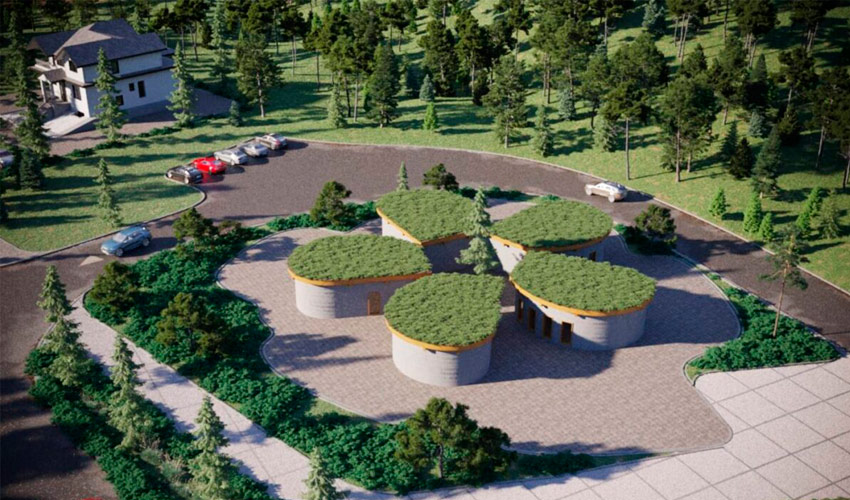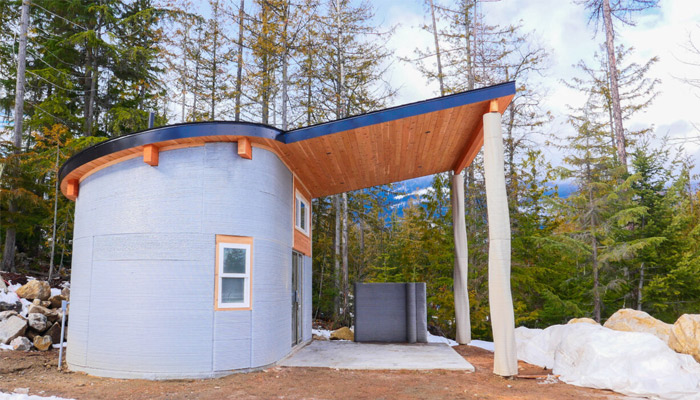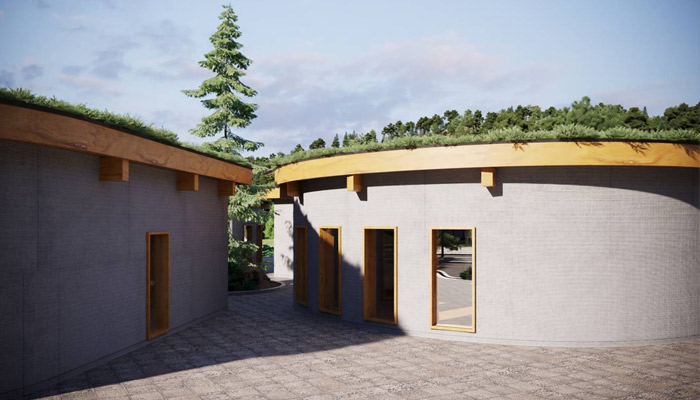TAM and World Housing’s 3D Printed Village to End Homelessness

World Housing has been fighting homelessness since 2013, seeking sustainable and viable solutions to ensure that everyone can have a roof over their heads. It recently formed a partnership with Twente Additive Manufacturing (TAM), a Dutch manufacturer of 3D concrete printers that is beginning to develop 3D printed houses. Together, they want to build an entire 3D printed village in order to provide more affordable housing for everyone. Located in Canada, and more specifically in British Columbia in an area with a great need for housing, this community could be the first of its kind in North America.
Additive manufacturing has been used for several years now to design the walls of our future homes. Although many initiatives are still in the project stage, they offer great prospects for the future, whether in terms of architecture, materials or sustainability. Indeed, by turning to 3D printing, players in the sector can reduce their ecological footprint by using only the concrete needed for construction and also by building projects locally. In addition, this new method speeds up work on the construction site and therefore offers more housing over a shorter period of time. Seeing all the advantages of concrete 3D printing, World Housing partnered with TAM to imagine a first 3D printed affordable housing community in Canada.

AM has developed a method to 3D print concrete (photo credits: Twente Additive Manufacturing)
Why is World Housing relying on additive manufacturing?
For World Housing, one of the main advantages of 3D technologies is to be able to offer more affordable housing. Don McQuaid, Managing Director of World Housing, explains: “We need a radical re-thinking in the way that we approach solving complex issues in our society like homelessness. 3D technology can advance the goal of providing safe affordable housing and preventing the slide of the most vulnerable into homelessness. World Housing is excited to partner with Twente Additive Manufacturing to help revolutionize the way we provide housing.”
The manufacturer TAM worked with Alterativ Design to imagine a compound that blends perfectly into the Canadian landscape, taking into account feedback from indigenous communities in the area. Each house measures 65 square meters (700 square foot) has two bedrooms and a roof covered with greenery. They are all surrounded by a shared garden. Once the 3D printing is completed, it will take a few more days to finish the roof, doors, windows and water and electricity connections.

The future Canadian community (photo credits: World Housing)
All in all, the technology proposed by Twente Additive Manufacturing would offer 3 key advantages: better accessibility since the machines could print directly on site; reduced construction costs; and better design of the houses, culturally, ecologically and structurally. Using topological optimization software, TAM explains that it can eliminate destructive processes such as excavation. You can find more information HERE.
What do you think of the idea of a 3D printed village? Let us know in a comment below or on our Facebook, Twitter and LinkedIn pages! Sign up for our free weekly Newsletter here, the latest 3D printing news straight to your inbox!j






